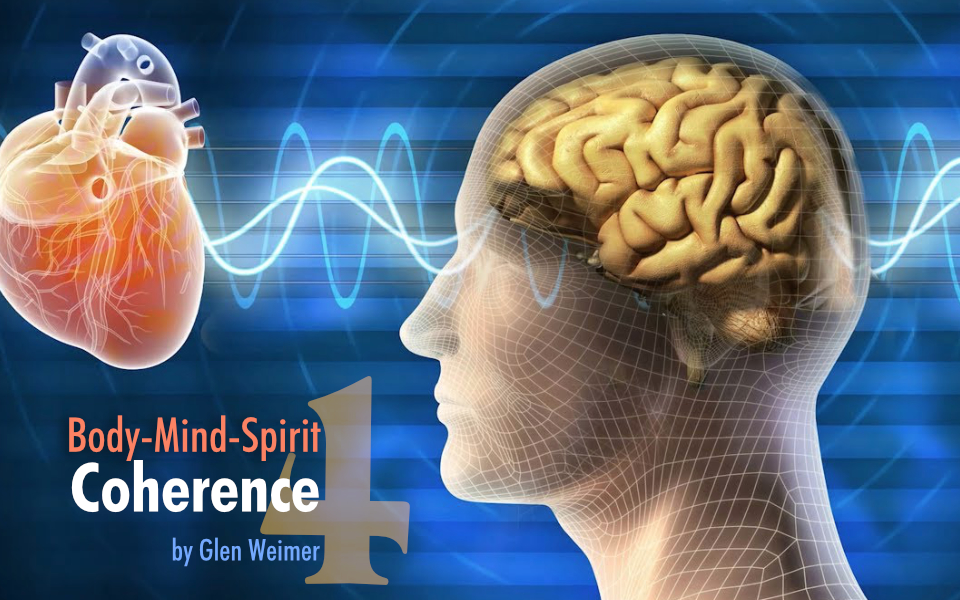Please note: this is part 4 of a multi-part blog on embodied consciousness. (see BMS 1: Consciousness, BMS 2: Frequency, and BMS 3: Field-Matrix)
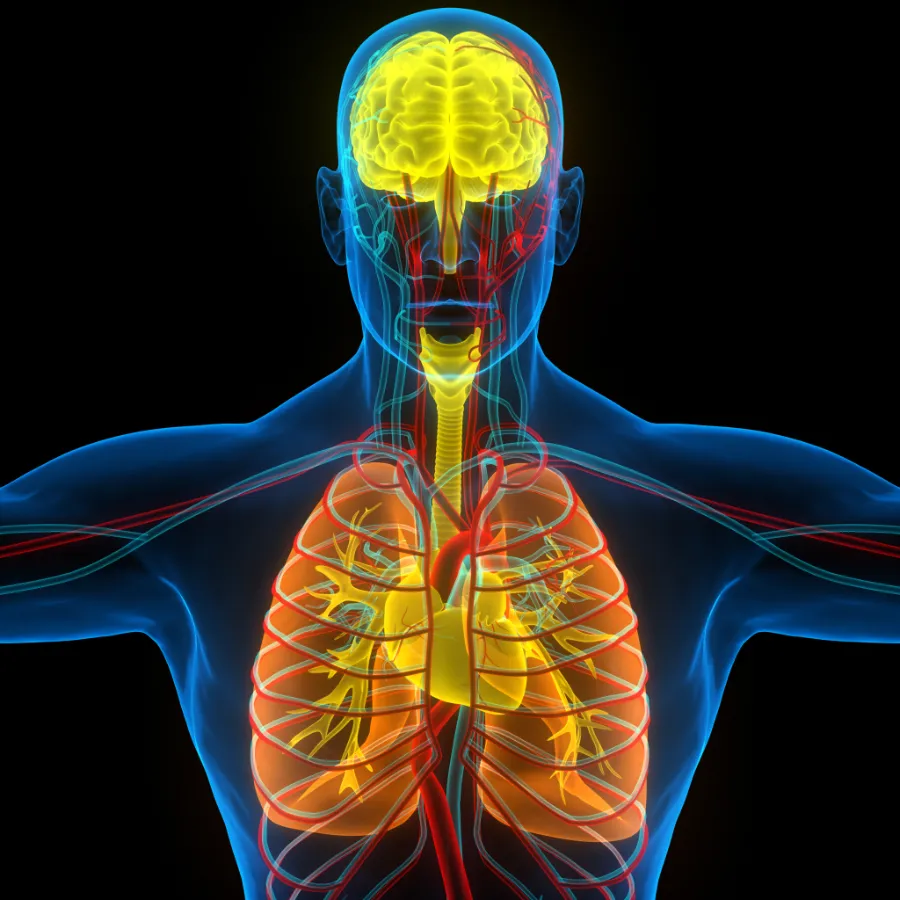 Intro
Intro
The concept of Heart-Brain Coherence and Heart Rate Variability (HRV) is a fascinating area of research that sheds light on the intricate connection between our physiological and emotional states. Rollin McCraty and Maria A. Zayas have delved into the importance of measuring cardiac coherence, which refers to the order, stability, and harmony in the oscillatory outputs of our regulatory systems. They conducted studies on various populations, such as returning soldiers with PTSD and individuals playing violent video games, and found that lower levels of coherence were associated with higher levels of aggression and psychological distress.
Traditionally, we are often taught that the heart functions primarily as a mechanical pump, obediently following commands sent by the brain through neural signals. However, what is less commonly known is that the heart is not just a passive recipient of orders—it actually sends more signals to the brain than the brain sends to the heart. This dynamic, bidirectional communication plays a crucial role in shaping brain function and overall well-being.
McCraty and Zayas explored this profound connection, discovering that the “coherence” of your heart—its rhythm’s order, stability, and harmony—affects far more than your physical health. Their research on groups such as soldiers with PTSD and individuals playing violent video games revealed a significant connection: lower cardiac coherence is often linked to increased aggression, emotional turmoil, and psychological distress.
Research from the HeartMath Institute reveals that the patterns of your heart’s activity—closely tied to your emotional states—have a powerful impact on both cognitive and emotional functioning. When you’re stressed or overwhelmed by negative emotions, your heart rhythms become erratic and disordered. This chaotic pattern sends signals to the brain that actually suppress higher cognitive functions, making it harder to think clearly, remember details, learn new information, reason effectively, and make sound decisions. It’s no wonder we tend to act impulsively or irrationally under stress—our brain is literally receiving mixed signals from the heart.
But here’s the breakthrough: when our heart and brain are in sync, we’re better equipped to handle life’s challenges, connect deeply with others, and maintain emotional balance. This ‘coherence’ reflects a symphony between your central and autonomic nervous systems, with our heart rhythms acting as a mirror for our emotional states—independent of changes in heart rate variability.
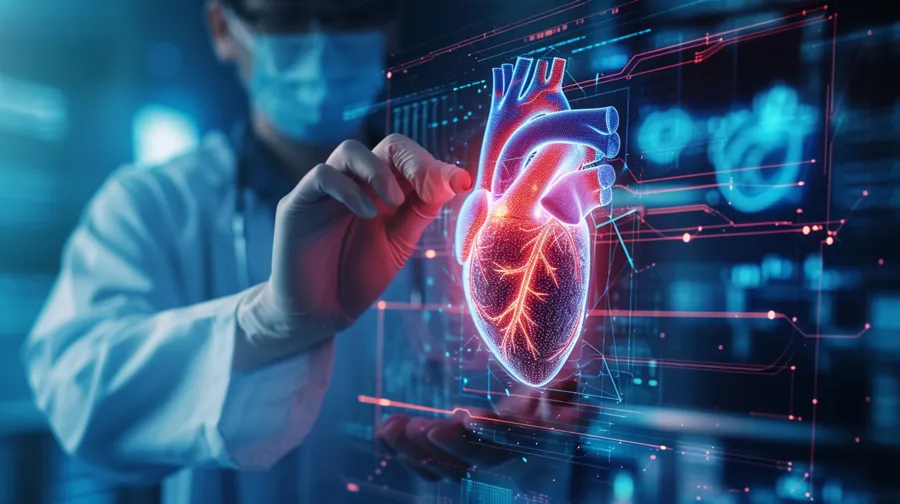 Even more intriguing? Activating positive emotions can reset our body’s adaptive response, pulling us out of stress and into a state of harmony and well-being. Techniques to boost cardiac coherence are transforming lives, especially for those recovering from trauma, by improving emotional regulation, strengthening relationships, and fostering resilience.
Even more intriguing? Activating positive emotions can reset our body’s adaptive response, pulling us out of stress and into a state of harmony and well-being. Techniques to boost cardiac coherence are transforming lives, especially for those recovering from trauma, by improving emotional regulation, strengthening relationships, and fostering resilience.
And the heart’s influence doesn’t stop there. Research reveals that during meditation and other mindful practices, heart-brain coherence only deepens. Positive emotions bring our heart rhythms into order, syncing with our breath to promote calm, health, and mental clarity. The heart’s electromagnetic field—100 times stronger than the brain’s—acts as a powerful wave, transmitting information that aligns the entire body.
This is more than science—it’s a call to action. By understanding and enhancing the extraordinary connection between our heart and brain, we can elevate our emotional well-being, supercharge our relationships, and embrace a more harmonious way of living. Let’s dive in.
The Nervous System
Our nervous system has 2-primary branches: the Central Nervous System (CNS) and the Peripheral Nervous System. The CNS functions to coordinate higher levels of thinking through the brain and spinal cord. On the other hand, the Peripheral Nervous System extends an intricate network of nerves out to all other parts of the body such as the heart, digestive organs, endocrine glands, and musculoskeletal system. The Peripheral Nervous System can be further subdivided into 2-branches: the Autonomic Nervous System (ANS, visceral organs) and Somatic Nervous System (musculoskeletal system).
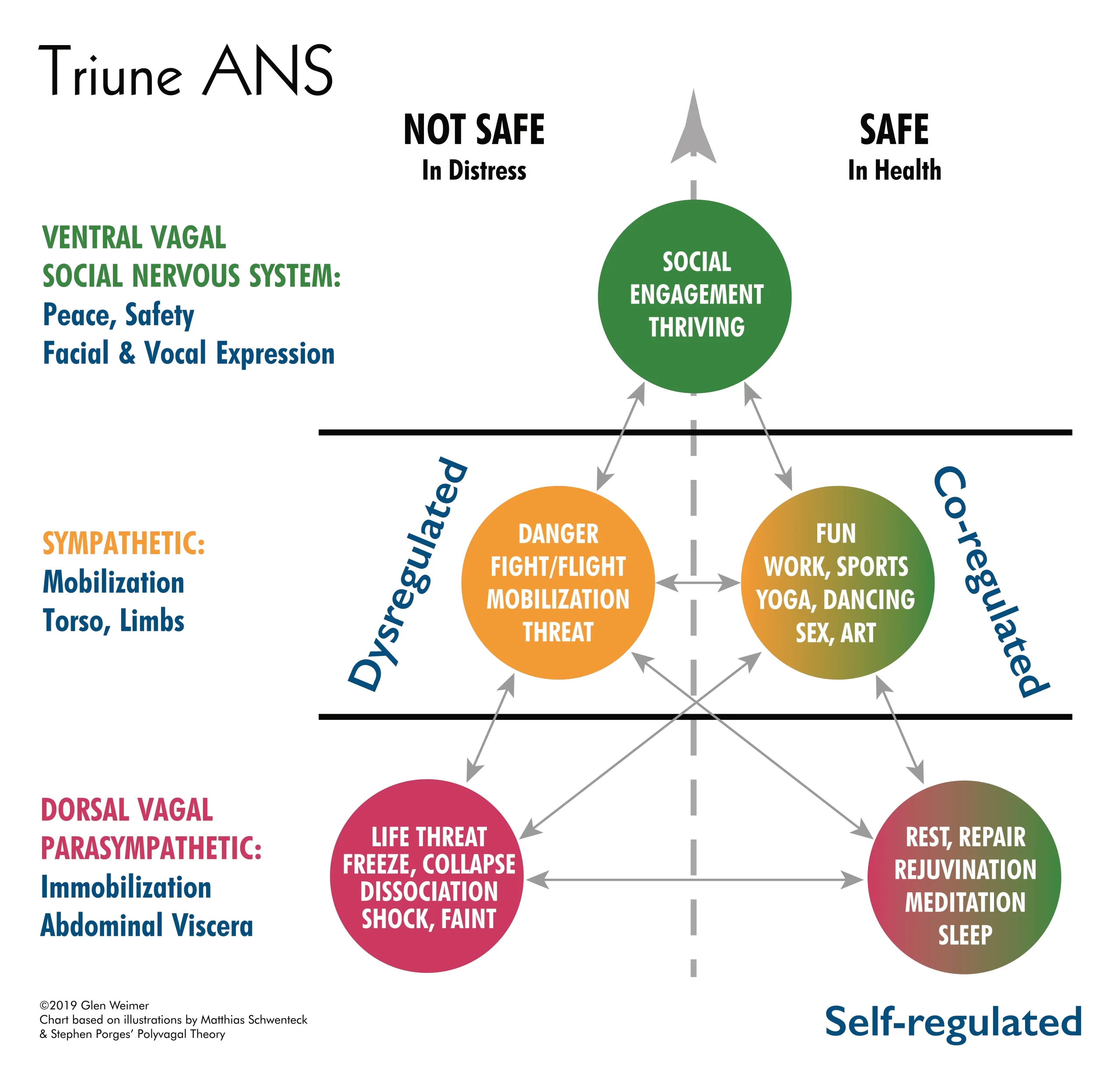 As I’ve said in previous blogs, the latest theory of the ANS breaks it down into 3-subbranches: our Ventral Vagal (VVC) or safety nervous system; Sympathetic (SNS) or activation/mobilization system; and our Dorsal Vagal (DVC) or deactivation/immobilization system. The Ventral Vagal anchors our consciousness in a perception of peace and security. This felt-sense of safety enables us to interact with others, get close, and form attachments. But it also allows us to withdraw our consciousness from the external world and journey inward. (More on this in a bit).
As I’ve said in previous blogs, the latest theory of the ANS breaks it down into 3-subbranches: our Ventral Vagal (VVC) or safety nervous system; Sympathetic (SNS) or activation/mobilization system; and our Dorsal Vagal (DVC) or deactivation/immobilization system. The Ventral Vagal anchors our consciousness in a perception of peace and security. This felt-sense of safety enables us to interact with others, get close, and form attachments. But it also allows us to withdraw our consciousness from the external world and journey inward. (More on this in a bit).
When our VVC is co-regulated with our SNS we become activated to play with life in order to achieve our goals and motivated to overcome obstacles. When our Sympathetic system is dysregulated, we engage our primal fight or flight (confront or avoid) response.
When the two vagal branches (namely the Ventral and Dorsal Vagal NS) are self-regulated, we enter our rest and digest or rest and rebuild mode. As the terms suggest, our system is digesting, assimilating, and utilizing our food to repair and rebuild tissues. When DVC is dysregulated we enter our most extreme levels of overwhelm, engaging in a systemic freeze or collapse response.
The traditional model of the ANS persists in classrooms and laboratories today, so I’ve had to extrapolate using data based on the ANS 2-branch model.
Heart Rate Variability
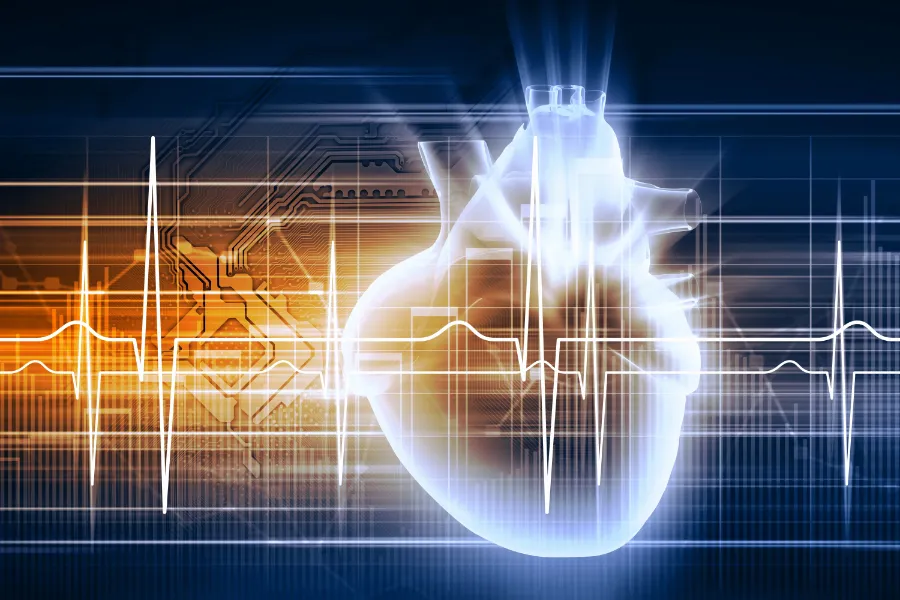 One way scientists determine the influence of regulatory effects of the VVC on a person is based on their Heart Rate Variability (HRV), which is a fluctuation in the amount of time between each beat of the heart. These varying inter-beat intervals follow an oscillatory pattern related to the lungs’ respiration. Researchers have found that a healthy heart can adapt to diverse and unpredictable stressors. Conversely, when an individual has less HRV, it indicates a decreased influence of the VVC to co-regulate with the other two branches, which can be associated with various protective strategies and stress disorders.
One way scientists determine the influence of regulatory effects of the VVC on a person is based on their Heart Rate Variability (HRV), which is a fluctuation in the amount of time between each beat of the heart. These varying inter-beat intervals follow an oscillatory pattern related to the lungs’ respiration. Researchers have found that a healthy heart can adapt to diverse and unpredictable stressors. Conversely, when an individual has less HRV, it indicates a decreased influence of the VVC to co-regulate with the other two branches, which can be associated with various protective strategies and stress disorders.
Suppose an individual has a high HRV, indicating a greater influence of self-regulated vagal tone. In that case, they can better filter out non-essential information and alter their behaviors to match the state of the environment.
“There is compelling evidence to suggest that the physical heart is coupled to a field of information that is not bound by the classical limits of space and time.” ~ Rollin McCraty, Mike Atkinson, Raymond Trevor Bradley
Brain and Heart Connection
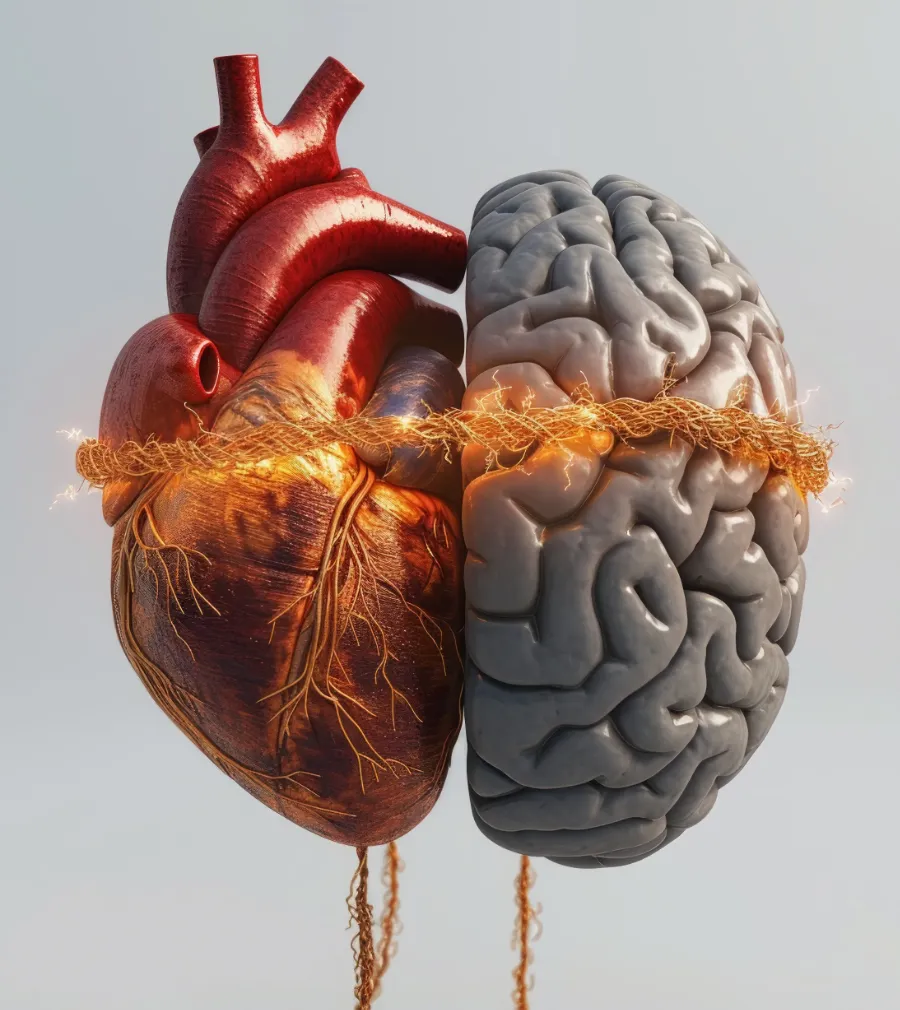 While the brain and heart are separate organs, this does not mean they operate independently. The brain receives signals from the heart that inform the brain of what is occurring in the periphery, while the brain sends signals to the heart to modulate its function. The brain and heart communicate through the Vagus nerve (reducing heart rate) and cardiopulmonary splanchnic nerves (increasing heart rate). This interplay regulates stress responses, emotional processing, and cognitive functions.
While the brain and heart are separate organs, this does not mean they operate independently. The brain receives signals from the heart that inform the brain of what is occurring in the periphery, while the brain sends signals to the heart to modulate its function. The brain and heart communicate through the Vagus nerve (reducing heart rate) and cardiopulmonary splanchnic nerves (increasing heart rate). This interplay regulates stress responses, emotional processing, and cognitive functions.
Interestingly, the heart contains about 40,000 sensory neurites—specialized cells known as the “heart’s little brain”—that process information independently. They influence brain function, emotional regulation, and even decision-making.
HeartMath and Coherence
Research conducted by the HeartMath Institute indicates that the heart serves as a gateway to a source of wisdom and intelligence that can help us achieve greater balance, creativity, and intuitive abilities in our lives. For over 25 years, they have examined the physiological mechanisms of communication between the heart and brain, as well as the impact of heart activity on our perceptions, emotions, intuition, and overall health. Their studies reveal that heart coherence, an optimal physiological state, is linked to enhanced cognitive function, improved self-regulation, emotional stability, and resilience.
Modern health science understands health as a mix of physical energy patterns related to our organs, behaviors, social interactions, and the environment. To make sense of these energy patterns, we need clear and focused awareness. Ideas from Albert Einstein about space and time, David Bohm’s concepts of deeper order, and Rupert Sheldrake’s ideas about energy fields all point to this need. For real progress in health and medicine, we must focus on healing and intention, particularly from the heart, which is linked to feelings of love, care, compassion, and appreciation. This focus inspired the creation of the HeartMath system by Doc Childre in 1991, aimed at promoting harmony in individual, social, and global health.
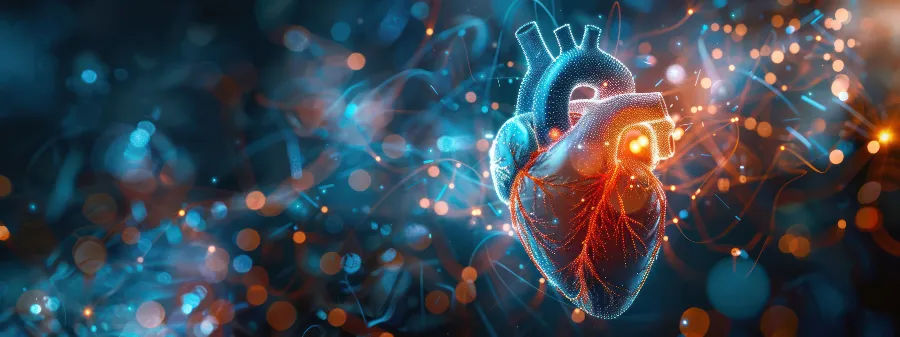 Key findings in HeartMath research include how the heart communicates various types of information, such as electromagnetic and hormonal signals. Research by Karl Pribram (holonomic mind/brain theory) has provided a scientific basis for many early HeartMath studies. A practical aspect of this research involves heart rate variability (HRV), which is vital for how we communicate, adapt, and maintain overall health. HRV can show us how our nervous system is functioning and how our heart and brain interact. It also connects us to the larger energy influences around us, such as the Earth’s magnetic field and cosmic activity, which can affect our consciousness and behavior.
Key findings in HeartMath research include how the heart communicates various types of information, such as electromagnetic and hormonal signals. Research by Karl Pribram (holonomic mind/brain theory) has provided a scientific basis for many early HeartMath studies. A practical aspect of this research involves heart rate variability (HRV), which is vital for how we communicate, adapt, and maintain overall health. HRV can show us how our nervous system is functioning and how our heart and brain interact. It also connects us to the larger energy influences around us, such as the Earth’s magnetic field and cosmic activity, which can affect our consciousness and behavior.
“Coherence is the state when the heart, mind, and emotions are in energetic alignment and cooperation. It is a state that builds resilience.” ~ HeartMath Research Director Dr. Rollin McCraty
Coherence means harmony and connection, where the whole is more significant than its individual parts. In science, it refers to stability in energy patterns. When we look at emotions and how our body systems work together—like the heart, lungs, and immune system—we see these principles of coherence in action. In relationships and teamwork, coherence helps improve energy flow, communication, and collaboration.
Interestingly, the heart sends more signals to the brain than it receives, by a ratio of about 9-to-1. The Vagus nerve is the main pathway for this communication, which carries 80-90% of its signals up to the brain. This field of study is known as neurocardiology.
According to the HeartMath Institute, sustaining positive emotions triggers a powerful, measurable state called psychophysiological coherence. This state reflects optimal functioning, where mind and body operate harmoniously. When we enter this state, our physiological systems work more efficiently, emotional stability improves, and mental clarity sharpens—simply put, we think better, feel better, and perform better.
It’s important to note that Coherence is not relaxation. In BMS 2: Frequency, we discussed brain wave patterns and that relaxation happens in the Alpha state (8-12Hz) and lower. It isn’t until the brain reaches Gamma (36-44Hz) and higher states of consciousness that brain activity takes on a coherent smooth sine-wave, before this, the wave patterns are erratic and irregular. Similarly, the hallmark of heart rhythm coherence is a smooth sine-wave-like pattern in heart rate variability, signaling we’ve reached this optimal state. Technologies like emWave and Inner Balance track and measure this pattern. During coherence, the branches of the ANS sync up, shifting toward a calmer, parasympathetic balance. Additionally, various bodily systems fall into rhythm with the heart, and there’s heightened synchronization between heart and brain activity, creating a state of deep internal alignment.
Three key scientific theories support these findings:
- Resonance Theory: Synchronizing heart rate with breath enhances coherence.
- Polyvagal Theory: The Vagus nerve’s role in emotional regulation and social engagement.
- Neurovisceral Integration Model: Explains how vagal activity influences emotional and cognitive processes.
Heart Field
The heart plays a decisive role in our body, generating a field that influences everything within us. The signals it produces—like rhythm, heat, sound, light, pressure, electricity, and electromagnetic waves—are essential for regulating our body. Each part of the body receives these signals at different times, and they profoundly impact how we function.
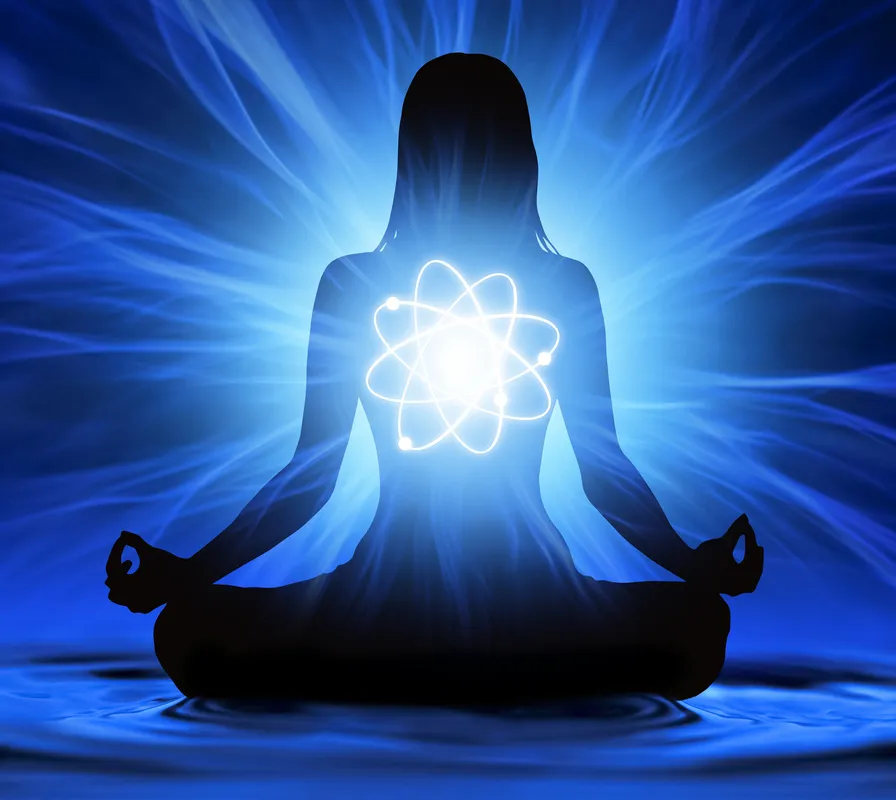 The heart’s energy field is the largest in the body, acting like a carrier wave that spreads information infused with emotional patterns. These emotions actually imprint themselves on the heart’s magnetic field. Positive emotions, like joy and gratitude, create smooth and ordered heart rhythms, while negative emotions lead to chaotic, incoherent patterns. More than simply the emotions, it is our felt-sense experience that impacts our entire internal state (see Chakras & Felt-Sense). When the heart’s rhythm is harmonious, it helps the brain sync up and enter a state of coherence as well.
The heart’s energy field is the largest in the body, acting like a carrier wave that spreads information infused with emotional patterns. These emotions actually imprint themselves on the heart’s magnetic field. Positive emotions, like joy and gratitude, create smooth and ordered heart rhythms, while negative emotions lead to chaotic, incoherent patterns. More than simply the emotions, it is our felt-sense experience that impacts our entire internal state (see Chakras & Felt-Sense). When the heart’s rhythm is harmonious, it helps the brain sync up and enter a state of coherence as well.
What we feel as a “pulse” is actually the pressure wave generated by the heart, not the heartbeat itself. This wave moves through every organ and part of the body, even synchronizing all the neurons in the brain. The result? A unified rhythm that connects the heart and brain.
Interestingly, the heart has its own mini-nervous system—its ‘Little Brain,’ complete with the ability to sense, feel, remember, and process information independently of the brain. It even has long- and short-term memory! And here’s a fascinating fact: the heart actually responds faster than the brain. It receives and processes information first, then sends that information to the brain.
This means we experience life first through our emotions—our felt-sense and Autonomic Nervous System (ANS)—before the brain analyzes and creates a story about what’s happening. As therapist Deb Dana puts it, “Story follows state.” In other words, how we feel shapes the way we interpret the world. What’s more, the most unbelievable part to me is that the ‘electrophysiology of intuition’ demonstrates that the heart responds in advance (precognitively) to a stimulus that is emotionally significant and relevant to an individual.
HeartMath research finds that the human body’s electrical activity can be detected and measured through an electrocardiogram (ECG), which records the electrical field present on the surface of the body. However, beyond its electrical influence, the heart also generates a powerful magnetic field—one that is more than 100 times stronger than the field produced by the brain. This magnetic field extends in all directions and can be detected up to 91 cm (or 3 feet) away from the body using highly sensitive superconducting quantum interference (SQUID)-based magnetometers.
Interestingly, the heart’s magnetic signals, measured through magnetocardiograms (MCG), closely parallel the electrical signals recorded by ECG. This suggests a deep and intricate connection between the heart and the brain, as heart neurons (neurites) fire in synchrony with brain activity. This interrelationship implies that the heart is not merely a mechanical pump but also a dynamic component of the nervous system, influencing and responding to cognitive and emotional states.
Moreover, the human nervous system functions as a highly sensitive antenna, capable of detecting and responding to the magnetic fields generated by the hearts of others. This suggests that interpersonal connections may extend beyond verbal and physical communication, operating at an electromagnetic level. The ability of our nervous systems to attune to each other’s heart-generated magnetic fields may play a crucial role in emotional bonding, social interactions, and even the regulation of physiological states within groups and relationships.
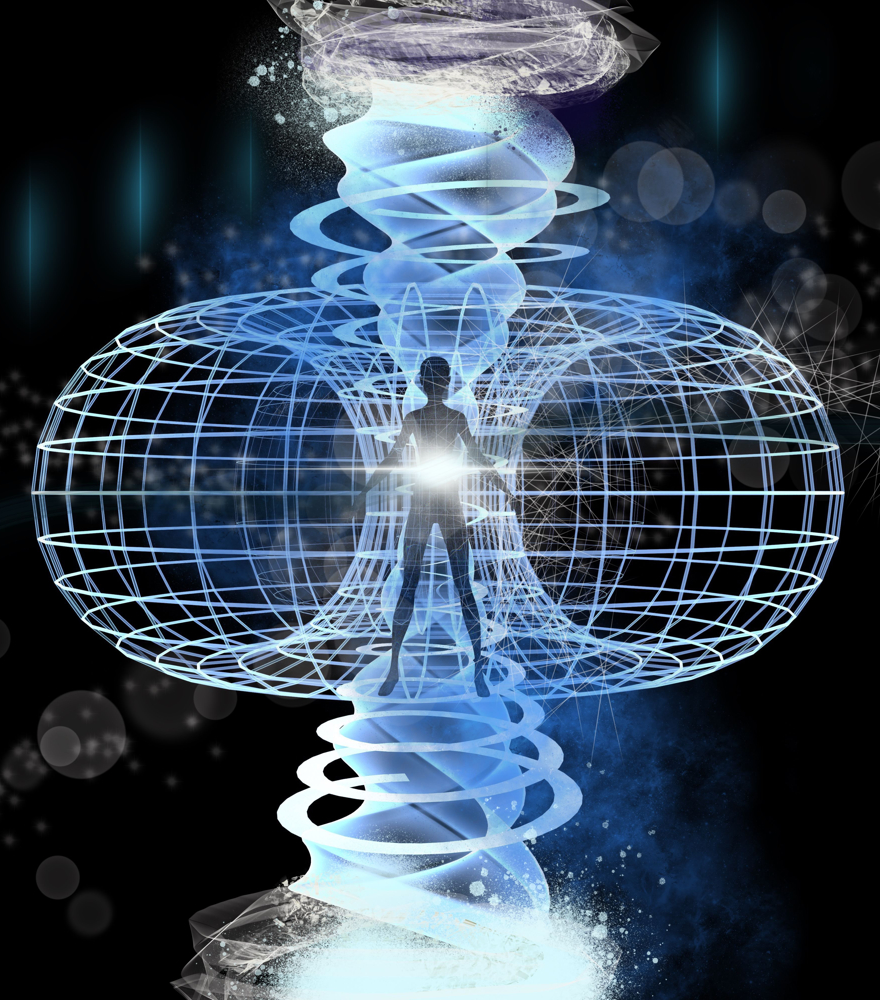 HEART FIELD EXPLORATION:
HEART FIELD EXPLORATION:
Try this simple exploration to experience Coherence in your body. Body-consciousness orients to rhythmic oscillation. This exploration uses these rhythms of motion to orient to the health of the system, creating a coherent heart field.
In a relaxed, comfortable seated or lying position, bring your awareness first to your breath. Allow it to become slow, full, and measured. Now, bring your attention to your heart-space in the center of your chest.
- How does it feel in there?
- What is your felt-sense?
How are you experiencing that in your body? - Is this a pleasant or unpleasant feeling?
- Is there a word or words that encapsulate your whole experience of this right now?
- If this a pleasant experience, skip to #3
- An unpleasant felt-sense is often accompanied by sensations of contraction, depression or downward motion, unsettled feelings, agitation, shakiness, or the like.
- Rather than opposing it, allow your awareness to follow that impulse/motion in the direction that you are experiencing.
- Take it further in that direction and hold it there until IT is ready to move.
- Be with those sensations and know they are just SENSATIONS, no matter how big or bad they may feel.
It may feel worse before it feels better, but remember, you are in control of this process. - Now, release that and see if it can move in the opposite direction.
- At first, this may bring up unpleasant memories or sensations. Stay with the sensations and movement or holding rather than going into the story.
- What direction is it moving now? Can it move freely in opposing directions? In other directions?
- Repeat this process until you experience a positive (or more positive) felt-sense of your heart-space.
- If there is no change after repeated attempts, try a different direction.
- A pleasant felt-sense is often accompanied by an upward, expansive, bubbly, joyous sensation or the like.
- Is there a word or words that encapsulate the whole of this experience?
- Is there a color or colors that you associate with this feeling?
- Move that color or colors through your heart-space, then your whole body.
- Allow yourself to REALLY FEEL these positive feelings.
- Allow it to expand the space to fill your whole chast cavity.
- Allow it to expand to fill your whole body. Notice if it expands beyond your body and how far.
Continue reading in Body-Mind-Spirit 5: Direction
Disclaimer:
The information featured on this site is provided for information and education purposes only and is not intended to replace the advice of your doctor or health care provider on medical and/or health-related issues.
You should not use the information on this site for diagnosis or treatment of any health problem or as a substitute for medication or other treatment prescribed by your physician or health care provider.

